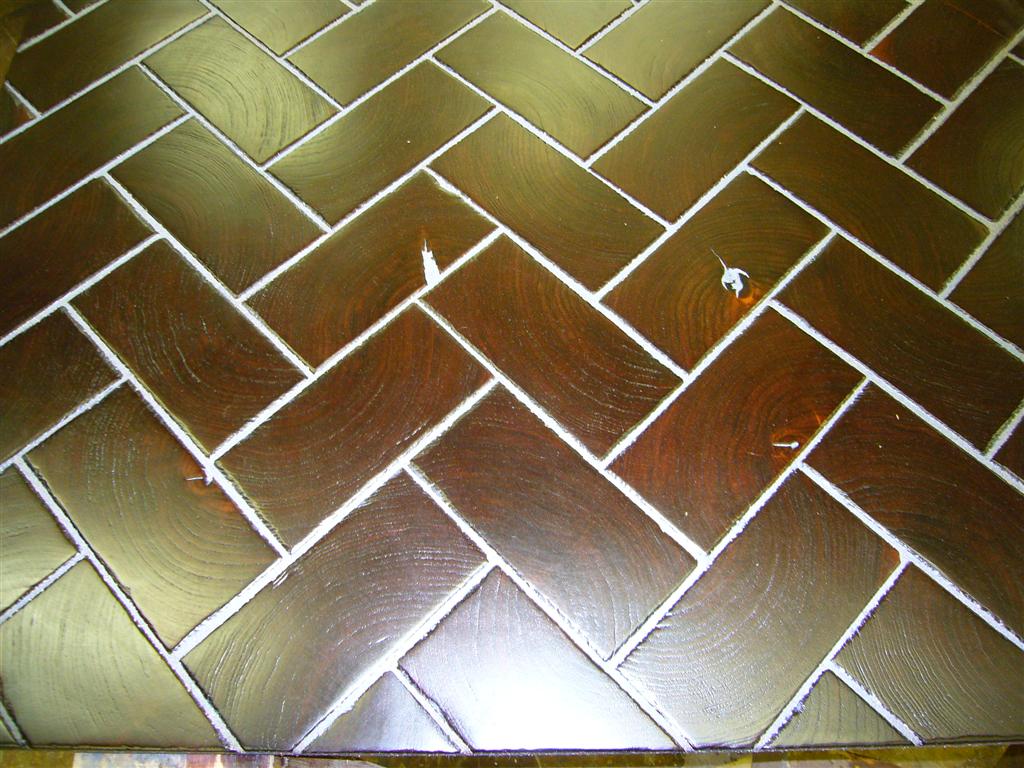End-Grain Flooring
Advice on installation methods for end-grain wood flooring. February 10, 2009
Question
Has anyone tried using end-grain tree sections as floor tiles? Of course this would look rustic and the cracks in the sections would not be preventable. What would you use to "fill the gaps"?
Forum Responses
(Architectural Woodworking Forum)
From the original questioner:
Im looking for anyone who has started from logs, pearls about the grouting, finish, and etc.
From contributor S:
I refinished a floor that had lots of character in it (1/4" cracks) and I applied three coats of Woodwise trowel wood filler. Two years later it has held up very well with only minor cracking due to humidity swings inside house. Its easy to work with and had good color match.
From contributor M:
There was one job I was on that used end grain flooring. They used a cork filler grout and laid the end cut (cypress I believe) like you would tile with about 1/4" spacing. It looked good but was stained very dark and the cork grout made quite a contrast which combined with the annual rings was very busy. One suggestion would be to tighten up the gaps and make sure the grouting material is similar in color to the stain on the floor.
From contributor D:
Endgrain is easy to make. Start with air dried for five years plus, cross cut, dry in Nyles, redimension, glue down, finish, and grout.

Click here for full size image
From contributor R:
Use an amber clear polyurethane rubber, with ground cork as needed for a crack filler in climates with radical changes in humidity. The end grain must be sealed well with an oil- wax and drying agent first. Most off the shelf oil finishes have these components in various forms. Unfortunately this is a labor intensive process.
The comments below were added after this Forum discussion was archived as a Knowledge Base article (add your comment).
Comment from contributor B:
I've had good success filling voids in a facegrain rustic hickory using fiberglass resin. It takes a few applications (pour it in the crack, let dry, repeat) but it dries nearly clear and sands well. So far it's held up better than any other method I've tried. I even put some small creek pebbles in one of the larger holes as a sort of decorative filler.